Imaginary Landscape: Composer to Composer Talks (1980s-1990s)
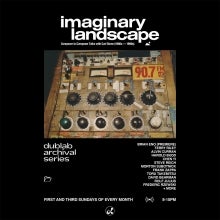
From 1980 to 1994, Los Angeles (now Tokyo-based) composer Carl Stone hosted the radio program Imaginary Landscape on KPFK.
Broadcasting every week for several years the show has been a key space for avant-garde electronic music, sound arts and their contributors. Spreading the sounds but also the stories of the artists that created them, Imaginary Landscape can be credited for its documentarian perspective. Stone received many pioneers and important figures of electronic music as guests on the show. Bringing music and interviews together, the show gives unique insights on the composers' creative processes, their relation with sounds and technologies, and the evolution of their careers in such particular music worlds.
As an early contribution to the documentation of electronic music and sound arts, Imaginary Landscape carries a definite contemporary relevance. For those reasons, several episodes of the show have been selected and archived by dublab radio.
Newly edited and re-mastered, those episodes feature unreleased works and live performances from the composers included in the archival series: David Behrman, Harold Budd, Alvin Curran, Brian Eno, Rolf Julius, Steve Reich, Terry Riley, Frederic Rzewski, Morton Subotnick, Toru Takemitsu, Chen Yi, and Frank Zappa.
The project was coordinated by Samuel Lamontagne, Ph.D. student at UCLA. Graphic design and original art work by Jay Are. And web design by Dakota Sexton.
All the episodes are compiled in a web-archive. Each episode is described below:
Harold Budd
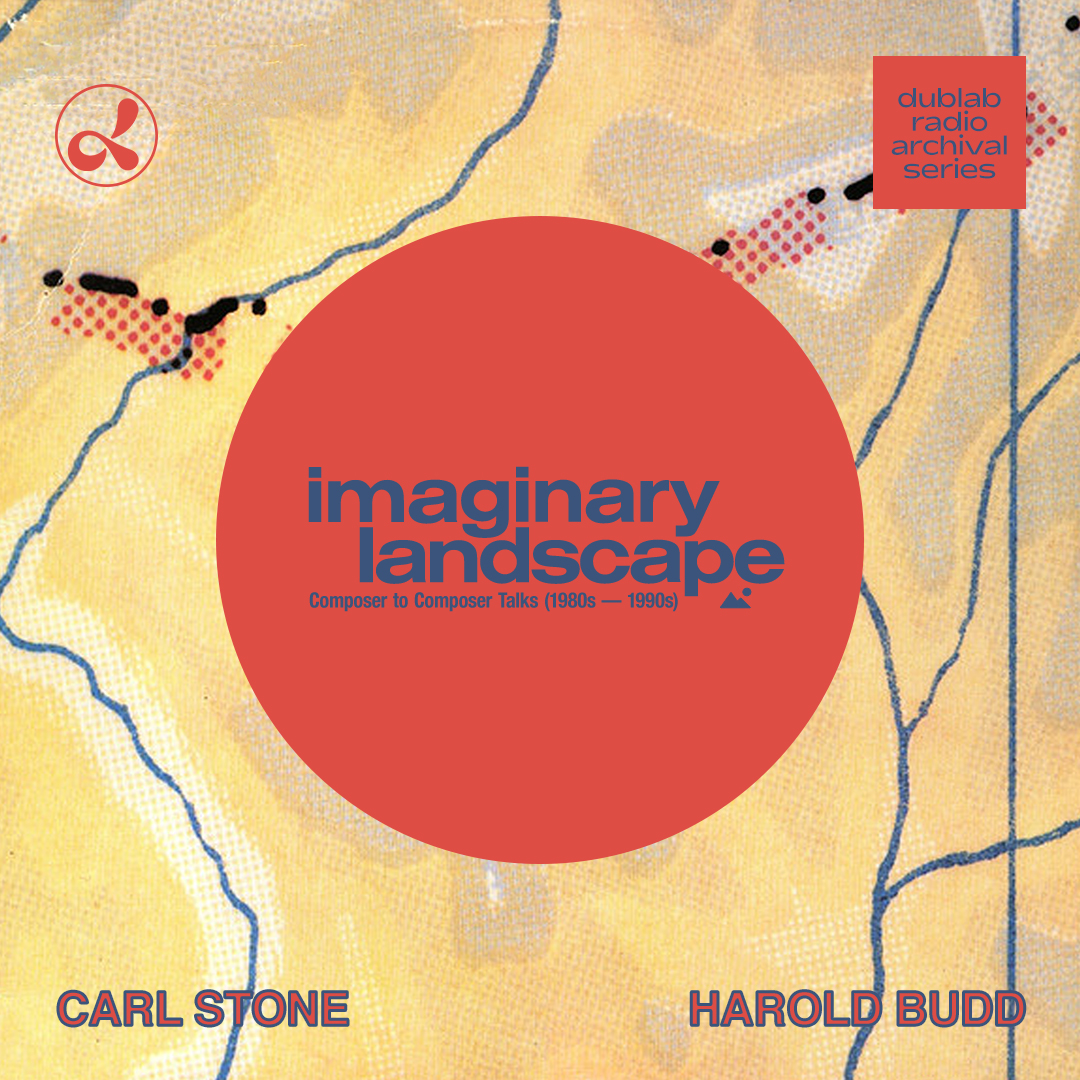
Originally aired in 1998, this conversation with Harold Budd touches on a wide range of topics. Casually discussing throughout the interview, the two have known each other for years, and first met at the California Institute of the Arts (CalArts) where Stone was a student and Budd a professor. Native of Los Angeles, Budd grew up near the Mojave Desert. Through the talk we learn that after being drafted into the army, he played drums in the regiment band alongside saxophonist Albert Ayler. Unlike many Angelino musicians, Budd decided not to go to New York in the 1960s. As the discussion moves forward we learn about his experience as a teacher at CalArts and how it transformed his own perspective on composing. The pair also discusses Budd’s creative process, rooted in music itself rather than in ethereal feelings. Further, interested in knowing more about his relation with collaboration, Stone asks Budd about his work with Brian Eno. Specifically talking about their joint album Ambient 2: The Plateaux of Mirror (1980), Budd describes the pros and cons of collaborative works.
Pieces and Recordings from:
Harold Budd, The White Arcades (1988), Opal Records [Opening and closing credits]
Brian Eno & Harold Budd, The Pearl (1984), Editions EG
Harold Budd & The Cocteau Twins, The Moon and the Melodies (1986), 4AD
Harold Budd, Lovely Thunder (1986), Editions EG
Terry Riley
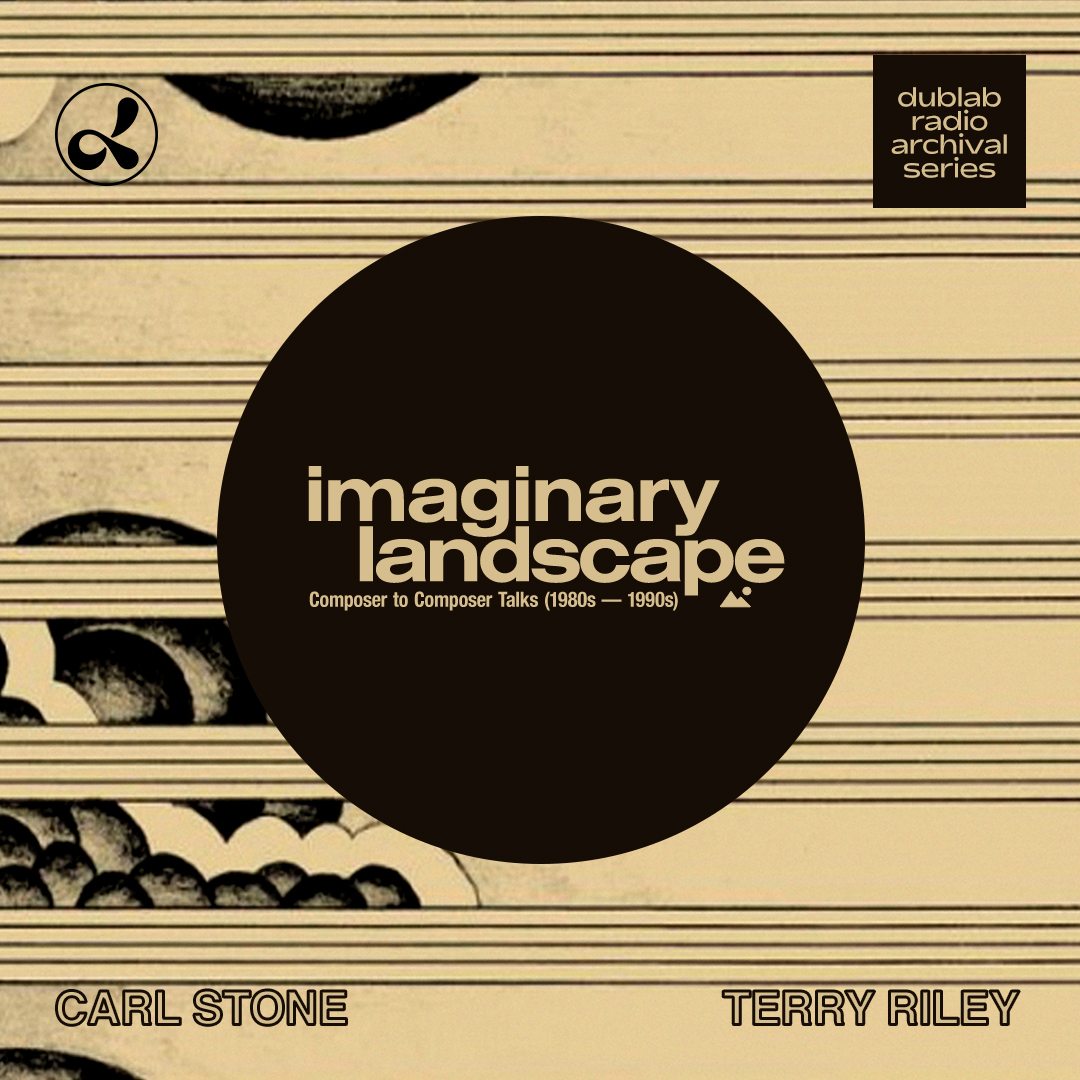
This episode features a conversation with minimalist composer Terry Riley. It took place in 1993 in Los Angeles on the occasion of Terry Riley’s performance of his piece Woelfli Portraits at LACMA. Starting off the conversation with a look at Riley’s childhood in California, we learn about his early love for radio and his diverse musical tastes, going from country, to classical to bebop, which inspired him to focus on music. Moving forward, the two address some of Riley’s most seminal work, In C (1964), his tape loops experiments that led to it, and the psychedelic era of the 1960s which would influence him to work on music in relation with consciousness. This conception of music will be heightened with the teachings of Pandit Pran Nath, an Indian classical singer, who had a deep influence on his work. Further, Riley tells us about several collaborations that impacted his music, such as one with the trumpet player Chet Baker in Paris, his longtime work with the Kronos Quartet, and singing with Lamont Young in New York. Many musical examples punctuate the conversation and thus help bond the words with the sounds.
Pieces and Recordings from:
Terry Riley, The Harp of New Albion (1986), Celestial Harmonies [Opening and closing credits]
Terry Riley, June Buddhas (From “Mexico City Blues”) (1992), Musicmasters
Terry Riley, The Harp of New Albion (1986), Live performance in Padva, Italy
Terry Riley, Crow’s Rosary (1987)
Terry Riley, The Sands (1991), commissioned by the Salzberg Festival
Chen Yi

Recorded in San Francisco in 1994 this episode features a conversation with Chinese violinist and contemporary classical music composer Chen Yi. As she started taking piano and violin lessons at the age of 3, Yi’s early classical western musical training has been a fundamental part of her career. Despite the impact of the Cultural Revolution on the various types of music being prohibited in China, Yi maintained a strong bond with classical western music. After getting her MA degree in composition at the Central Conservatory of Music of Beijing, she moved to New York to pursue doctoral studies at Columbia university. During the conversation the two talk about Yi’s intercultural musical journey combining elements of Chinese culture with elements of western culture. They also discuss her involvement with the Women’s Philharmonic and her part in promoting women performers and composers. Further, the two dive into specific pieces by Chen Yi and thus showcase the wide range of her repertoire and composition processes.
Pieces and Recordings from:
Chen Yi, Duo Ye, Orchestral version performed by the Long Beach Symphony
Chen Yi, The Points, performed by Wu Man (1991)
Chen Yi, Sparkle, performed by the New Music Consort.
Chen Yi, Symphony No.2, performed by The Women’s Philharmonic
Chen Yi, Song in Winter
Chen Yi, Near Distance
Toru Takemitsu
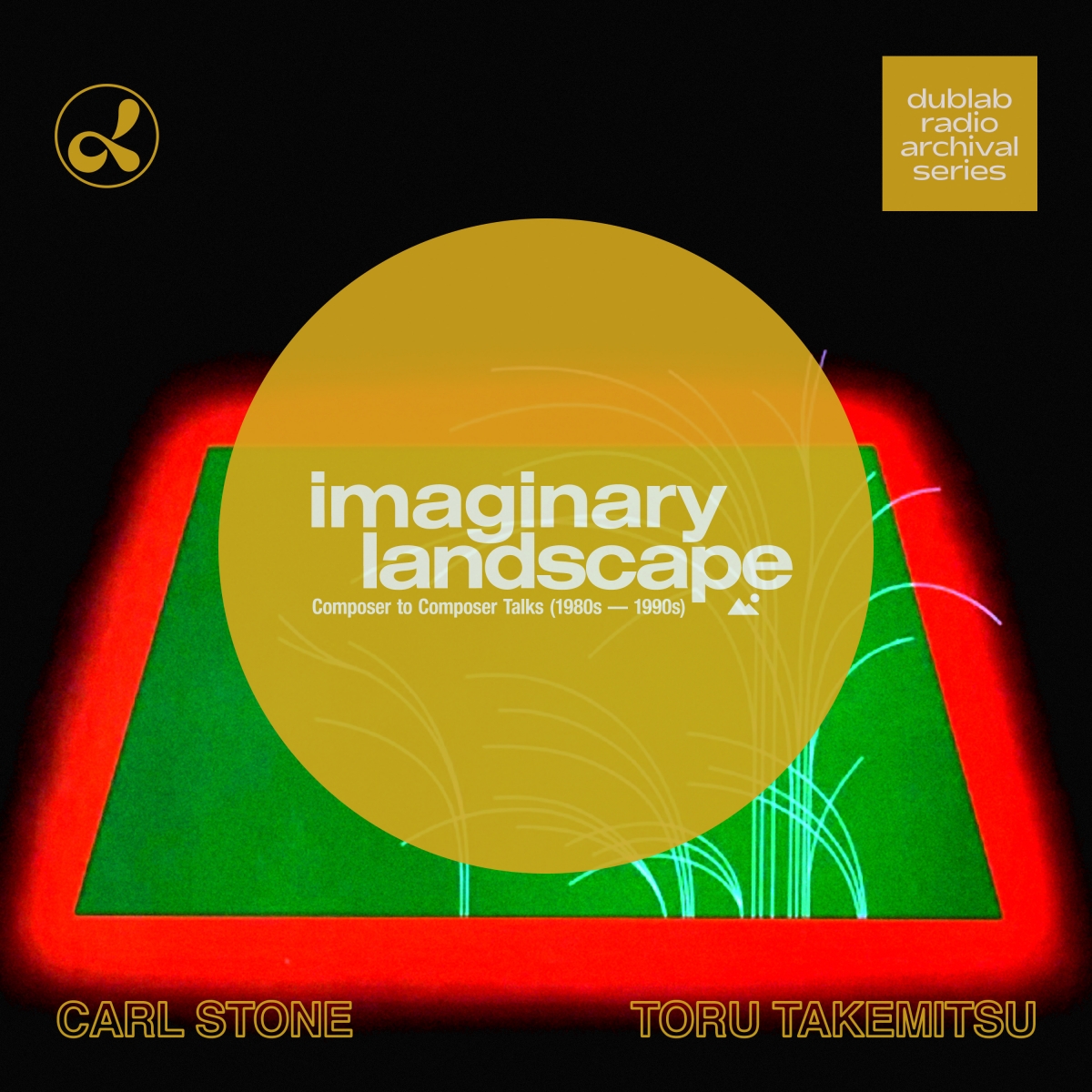
On the occasion of the International Festival of the Arts taking place in New York in 1988, Carl Stone met up with the Japanese composer Toru Takemitsu, co-founder of the interdisciplinary group of artists Jikken Kobo (Experimental Workshop) (1951). Discussing the involvement of Takemitsu in the festival, we learn that he programmed 4 concerts given by the Sound-Space Ark. He further explains that he saw this opportunity as a way to introduce contemporary Japanese music and musicians to a Western crowd. Pursuing the conversation, Takemitsu details the many similarities and differences he perceives between Japanese and Western contemporary music – the influences bridging distinct worlds but also their diverse cultural interpretations. As they move forward, the two talk about the particular relationship Takemitsu has with nature and how his composition process is directly rooted in the aesthetics of Japanese garden. After they discuss the importance of technology in the evolution of music and Takemitsu’s early work experimenting with tape, they talk about then current and upcoming work of the composer such as Dreamtime.
Pieces and Recordings from:
Toru Takemitsu, In an Autumn Garden (1973), JVC
Toru Takemitsu, Kwaidan film score (1964), directed by Masaki Kobayashi, Ninjin Club
Brian Eno
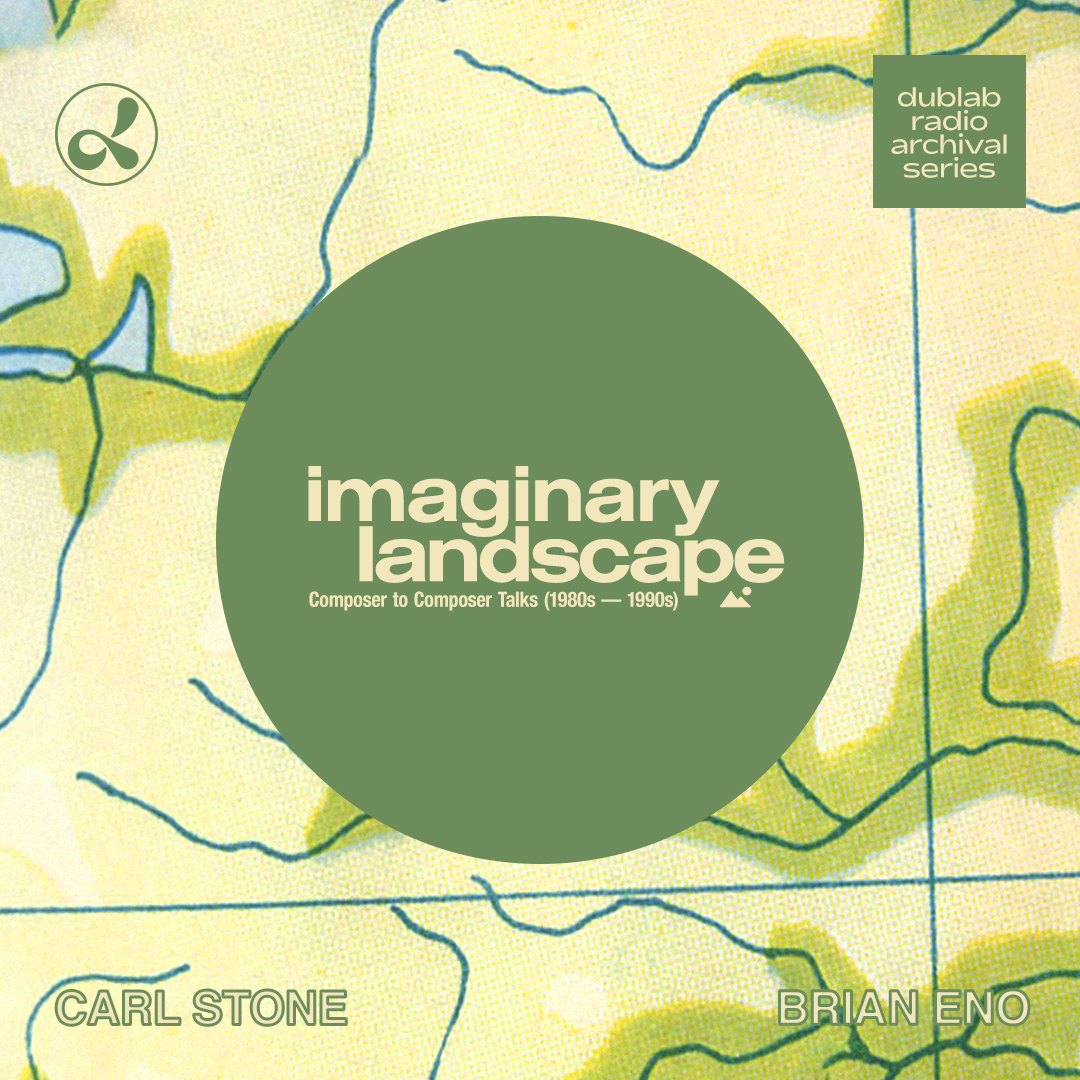
This conversation with Brian Eno took place at the Aratani Japan America Theatre in Los Angeles in 1988. Sprinkled with amusing anecdotes, the conversation and its overall laid-back tone get us to know Eno on multiple levels. We learn about his upbringing in England, his personal taste for doo-wop and American pop music during his childhood, and his pledge to creative life and music. As the interview progresses, the two talk about the first band Brian Eno formed with several of his teenage friends from the local soccer team. As Carl Stone asks about Eno’s creative path we find out how attending art school led him to meet avant-garde composers such as Morton Feldman, Cornelius Cardew and Christian Wolff, who had a deep impact on his art. Myriad details about Eno’s career emerge throughout the conversation. We can learn how he was first introduced to synthesizers while helping a friend record a project, and what impression Los Angeles made on him when he first lived in the city while working on My Life in the Bush of Ghosts (1981), a collaborative album with David Byrne. As the interview winds up to an end, they invite questions from the audience.
Pieces and Recordings from:
Brian Eno – Ambient 1: Music for Airports (1978), Polydor Records [Opening and closing credits]
Stevie Wonder – Fingertips part II (1963), Motown Records
Frederic Rzewski
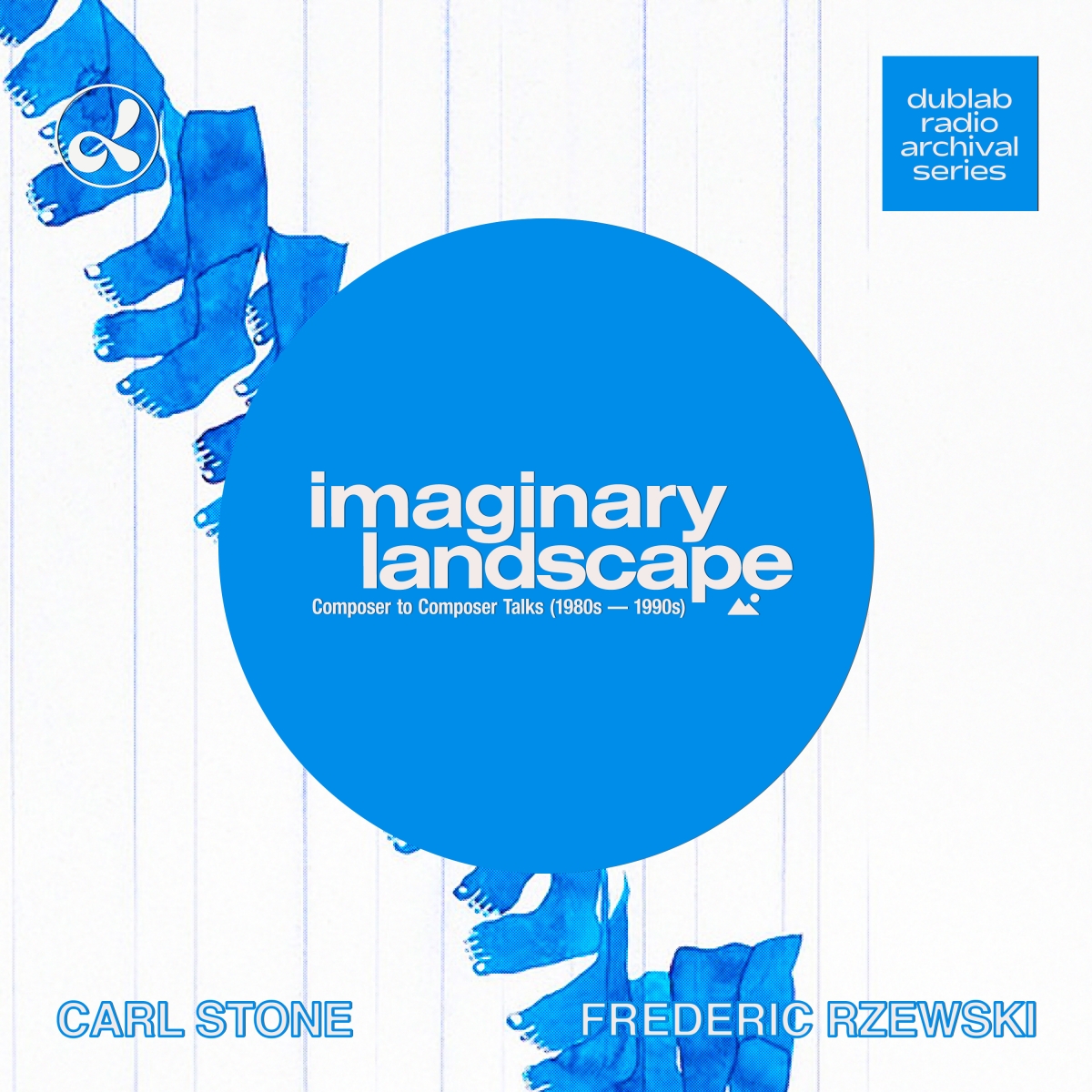
Originally broadcast in 1991 on KPFK, this conversation with composer and pianist Frederic Rzewski happened while he was in Los Angeles for a residency at the California Institute of the Arts (CalArts). Discussing the different steps in Rzewski’s career, the pair talks about the importance of his move to Italy in the early 1960s to study with Luigi Dallapiccola, and the special relationship he has kept with Europe over the years. While playing and discussing several pieces of the composer, they speak of how his compositions tend to be grounded in social and political themes. They further talk about the group he co-founded alongside Alvin Curran and Richard Teitelbaum, Musica Elettronica Viva (MEV).
Pieces and Recordings from:
Frederic Rzewski, Winnsboro Cotton Mill Blues (1980), Nonesuch Records [Opening credits]
Frederic Rzewski, May Yingele (1988), performed by Ursula Oppens
Frederic Rzewski, The Lost Melody (1989)
Frederic Rzewski, Whangdoodles (1990), performed by Abel-Steinberg-Winant Trio
Frederic Rzewski, Triumph of Death (‘The Song of the Possibility of Survival’) (1988)
Frederic Rzewski, Squares (1978)
MEV, Live concert in Zurich (1990)
David Behrman
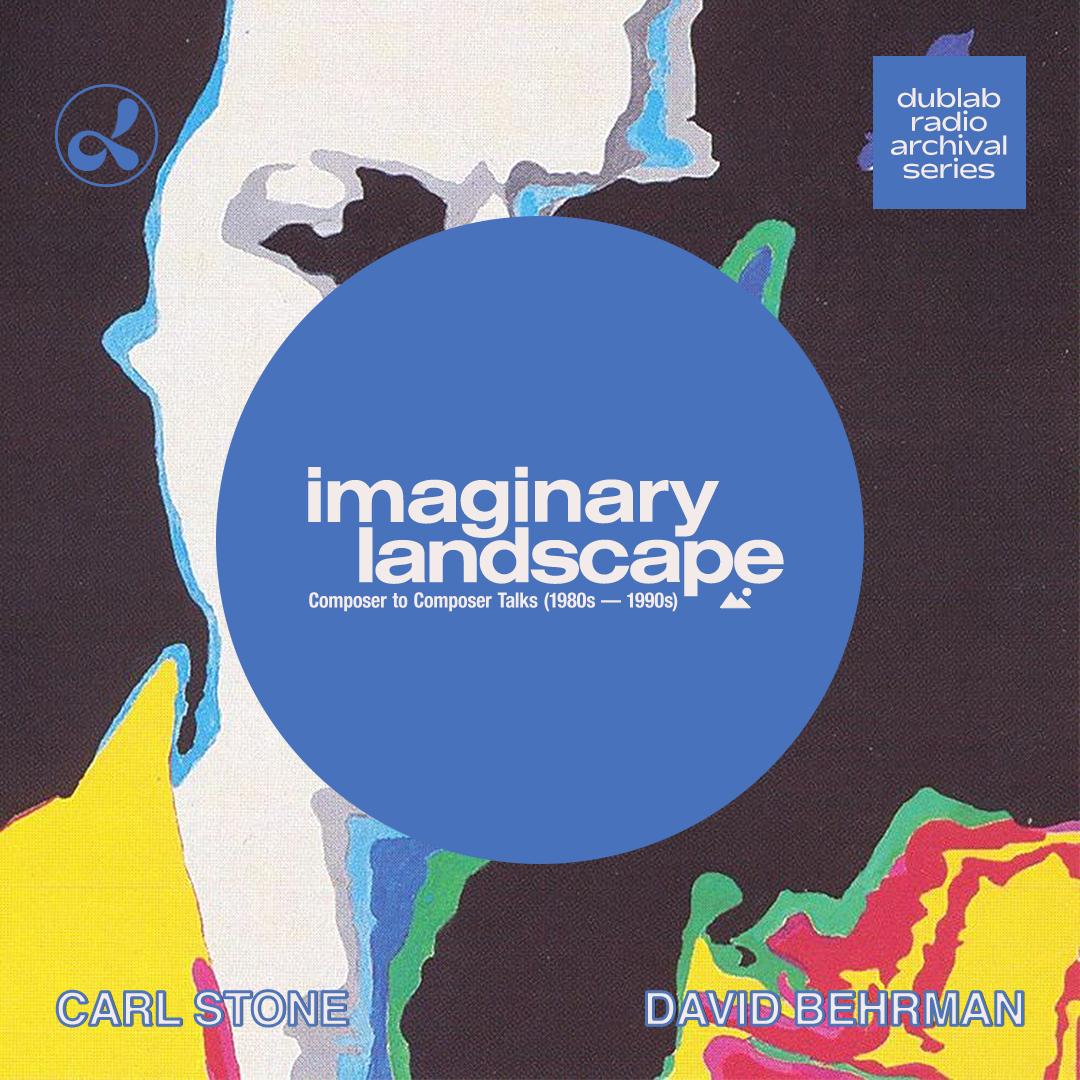
First aired on KPFK in 1991, this episode features a conversation with David Behrman. Widely regarded as a pioneer of computer music David Behrman is also known to be one of the co-founders of the Sonic Arts Union, alongside Alvin Lucier, Robert Ashley, and Gordon Mumma.
Through the conversation we can learn that artists such as David Tudor and aforementioned Gordon Mumma were major inspirations on Behrman’s will to pursue electronic music. Among the various pieces played and discussed during the talk, the pair particularly details the making of Unforeseen Events (1991), a piece featuring Ben Neill and his personalized instrument named the “mutantrumpet,” which the computer reacts to by playing sequences of sounds. Several anecdotes about Behrman’s career are sprinkled throughout the talk, we find out that he has been a record producer for Columbia records and learn more about his experience in Japan.
Pieces and Recordings from:
David Behrman, Unforeseen Events/Refractive Light (1991), Experimental Intermedia Foundation [Opening and closing credits]
David Behrman, Leapday Night (1991), Lovely Music
Rolf Julius
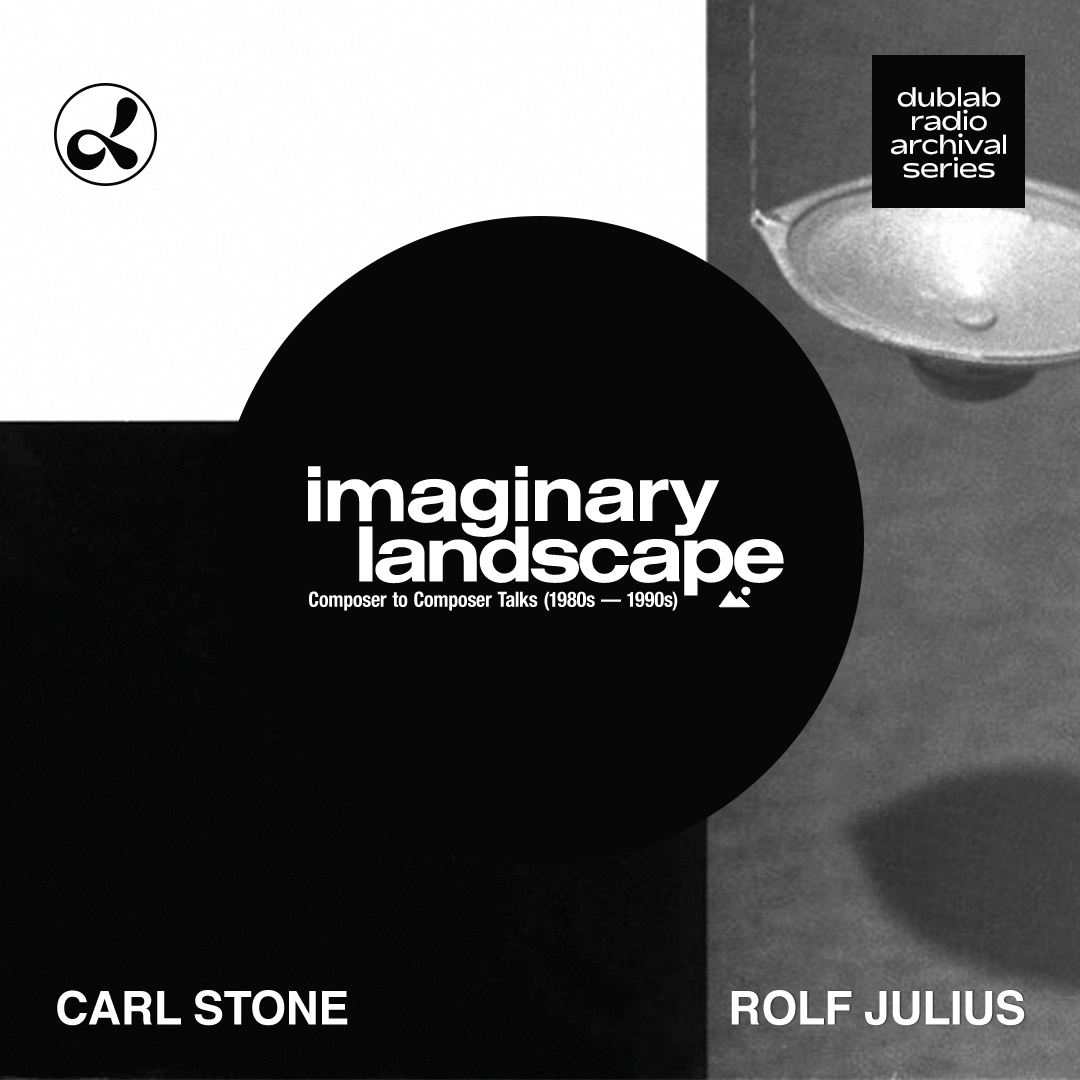
After studying fine arts in Bremen in the 1970s, German artist Rolf Julius became interested in the sonic medium. Crossing the boundaries between visual and sound arts, his work is seen as pioneer. From the desert, trees, to the closed space of galleries, Julius performed in a variety of contexts. Using sound to support the reception of visual objects, his sonic sculptures and installations went beyond classic oppositions between mediums. While working in New York in the 1980s, he met many of the avant-garde composers. Among them John Cage and Takehisa Kosugi came to have a deep influence on his work. Beginning with a live in-studio performance, this episode follows with a discussion with Carl Stone who asks Julius about his creative and technical processes and his conceptions about art. They play various pieces by the artist such as The Lost Piano Concerto and Music for a Big Tower (1987).
Pieces and Recordings from:
Rolf Julius, Live performance in KPFK studios, Los Angeles (1988) [Opening and closing credits]
Rolf Julius, The Lost Piano Concerto
Rolf Julius, Music for a Big Tower (1987)
Rolf Julius, Piece for the Trees
Steve Reich

Born in New York, Steve Reich is recognized as one of the pioneers of minimal music in the 1960s. Answering one of Carl Stone’s question on the changes of his relation with technology across his career, Reich confesses that his interest in electronic generated sounds has remained very limited over the years and that his use of synthesizers has often been a matter of convenience. It is really in the mid 1980s through his son’s computer that Reich began using music programs in his work. The pair discusses the importance of recorded speech in the composer’s work and more particularly as a source for instrumental melodies in his pieces Different Trains (1988) and The Cave (1993). Further discussing those two pieces in detail, we learn about the creative processes behind each of them and how they relate in their own ways to Reich’s Jewish cultural background.
Pieces and Recordings from:
Steve Reich, Daniel Variations/Variations for Vibes, Pianos, & Strings (2008), Nonesuch Records [Opening and closing credits]
Steve Reich, Different Trains/Electric Counterpoint (1989), Elektra Nonesuch
Steve Reich, The Cave (1995), Nonesuch Records
Alvin Curran
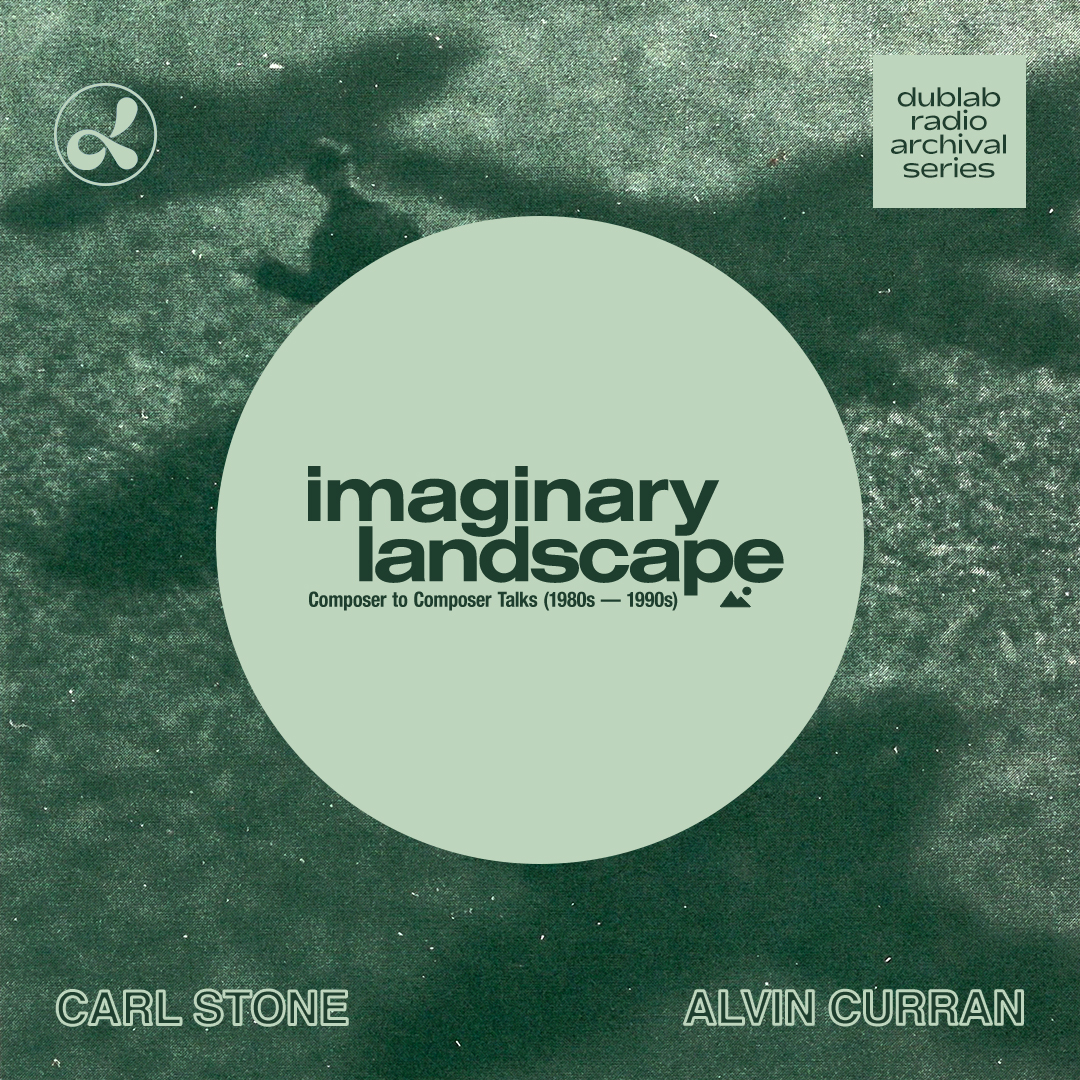
Born in Rhode Island, Alvin Curran is widely known for his piece Songs and Views of the Magnetic Garden (1975) in which he uses a combination of sounds from acoustic, electronic and environmental sources. Starting off on the topic of musical roots, the conversation explores Curran’s childhood influences and his early attraction to sound. Further we learn that upon beginning graduate school at Yale University he studied with Elliott Carter, who put him on a path to become a composer. He met Iannis Xenakis and Luciano Berio while accompanying Carter in Berlin with Frederic Rzewski in 1965. He identifies this European trip as the pivotal moment when he decided to dedicate his life to composition. Moving to Rome shortly after, he co-founded alongside Frederic Rzewski and Richard Teitelbaum the group Musica Elettronica Viva (MEV), which original goal was to experiment with amplified found objects and improvisation. Moving on to the 1970s, Curran tells Stone about the physical dissolution of the MEV which led him to refocus on his own music. At the time influenced by the work of artists such as Terry Riley, La Monte Young and Charlemagne Palestine he recalls beginning composing for his piece Songs and Views of the Magnetic Garden (1975). Further, the two discuss some of Curran’s most singular pieces Maritime Rites (1984) and Crystal Psalms (1988). Strongly based on radio, Curran explains how this media helped foster his drive of creating projects outside concert halls. Apart from his own compositions, the sound materials in Crystal Psalms are mostly recordings of natural sound, different kinds of Jewish music and personal recordings. He further specifies the technical processes which guaranteed the synchronicity of the piece, which was broadcast live between 6 European countries.
Pieces and Recordings from:
Alvin Curran, Songs and Views of the Magnetic Garden (1975), Ananda [Opening credits]
Alvin Curran, Crystal Psalms (1994), New Albion
Alvin Curran, Animal Behavior (1995), Tzadik
Alvin Curran, Fiori Chiari, Fiori Oscuri (1978), Ananda [Closing credits]
Morton Subotnick

Largely regarded as a pioneer of electronic music and media art, Subotnick is widely known for his album Silver Apples of the Moon (1967), the first electronic music work to be commissioned by a record company (Nonesuch records). Born in Los Angeles, he is one of the founding members of the California Institute of the Arts (CalArts), where he taught for many years, and where he met Carl Stone, his then student.
Through the conversation we learn about Subotnick’s early relationship with music growing up in Boyle Heights, and how he learned to play the clarinet on recommendation of a doctor who thought practicing a wind instrument would help him with chronic bronchitis. He manifested interest in composition at a very young age, and composed music for his highschool’s chorus. Later, he joined the army and became part of the band, in which he played with Herb Alpert. In the conversation, the two thoroughly discuss what pushed Subotnick to found the San Francisco Tape Music Center (SFTMC), alongside Ramon Sender and Pauline Oliveros. Subotnick relates many details on how the center emerged and how it became central in the careers of many artists like Terry Riley, John Chowning, La Monte Young, Steve Reich and others. In the context of the SFTMC, he also talks about how he worked with Don Buchla to create what became the first Buchla modular synthesizer. In the last part of the conversation, the pair discusses the potential of technology to create multimedia art, and further, how artists should approach technology in its relation with art and interactivity.
Pieces and Recordings from:
Morton Subotnick, Silver Apples of the Moon (1967), Nonesuch Records [Opening and closing credits]
Morton Subotnick, The Key to Songs (1986), New Albion
Morton Subotnick, All My Hummingbirds Have Alibis (1992), The Voyager Company
Morton Subotnick, Touch/Jacob’s Room (1986), Wergo
Frank Zappa
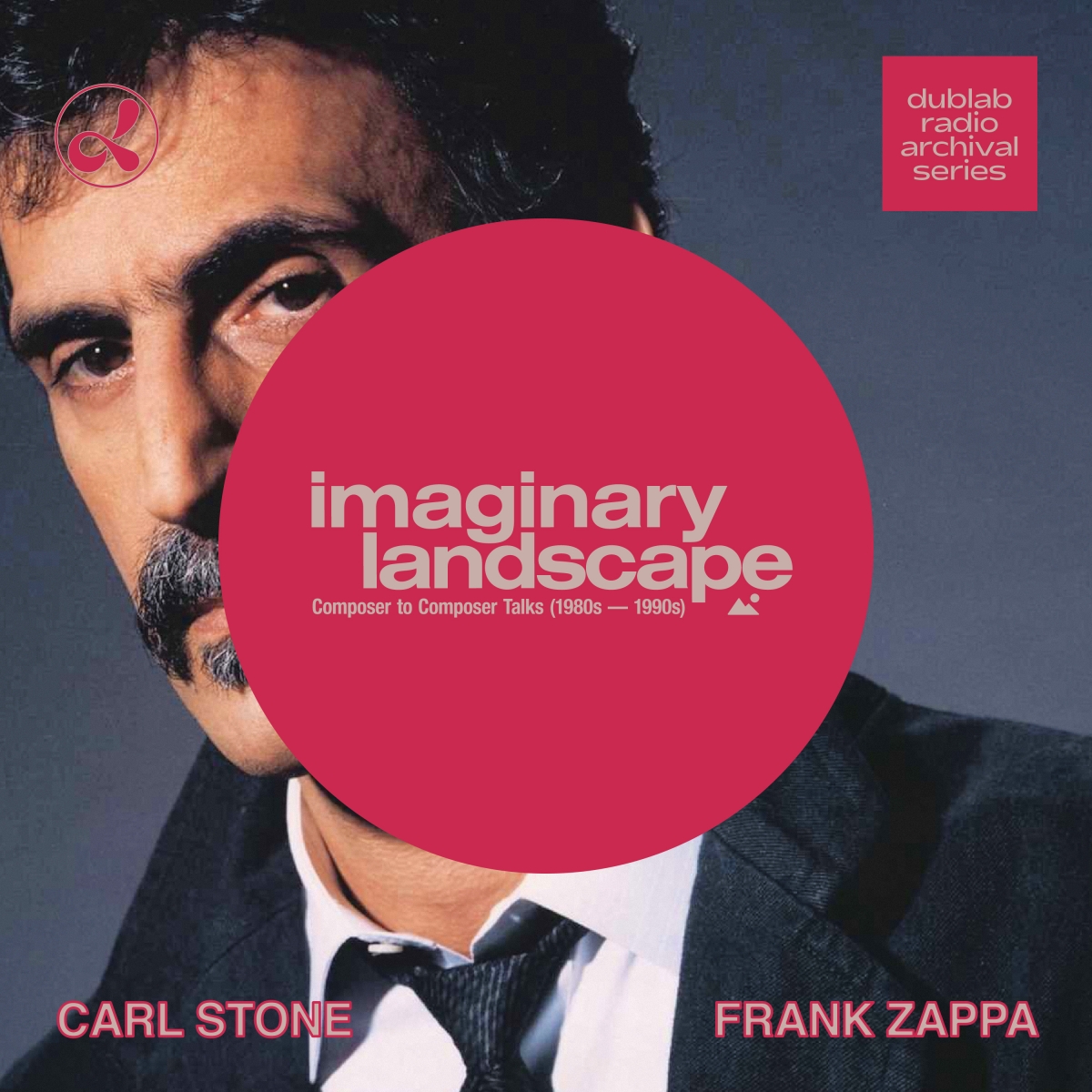
Recorded in 1988 in Frank Zappa’s home, this conversation was originally commissioned by a Japanese magazine and was to this day never broadcast. Covering a wide range of topics from compositional methods, issues in the music industry, to the rise of the religious right, the conversation holds a surprising contemporary relevance. Recorded shortly after the release of Zappa’s album Jazz from Hell (1986), the conversation addresses various compositional and instrumental particularities of the work. The two specifically talk about the use of the Synclavier, an early digital synthesizer and digital sampling system. They also talk about the parameters outside of composition that have to be taken into consideration, like how the music is going to be performed and in what context it is going to be experienced. Leading to a discussion on creativity and freedom in creativity, Zappa places the reception of the audience as a key element in composition choices. From that follows a harsh critique of music schools, the state of contemporary music at large, and the emphasis put on avant-garde for the sake of avant-garde. Switching to the world of pop music they raise the constraints imposed on musicians by the music industry, whose interest is more often than not in the money than in musical innovation. They further chat about issues of creative control in the industry, and the notable exception of Prince with Warner Bros. In the last part of the conversation Zappa shares his feelings on receiving the 1988 Grammy Award for the Best Rock Instrumental Performance for the song “Jazz from Hell.” The conversation then leaves the strict musical realm and unfolds into politics, and ends with Zappa posing a Japanese kanji quiz.
Pieces and Recordings from:
Frank Zappa, Jazz from Hell (1986), Barking Pumpkin Records





